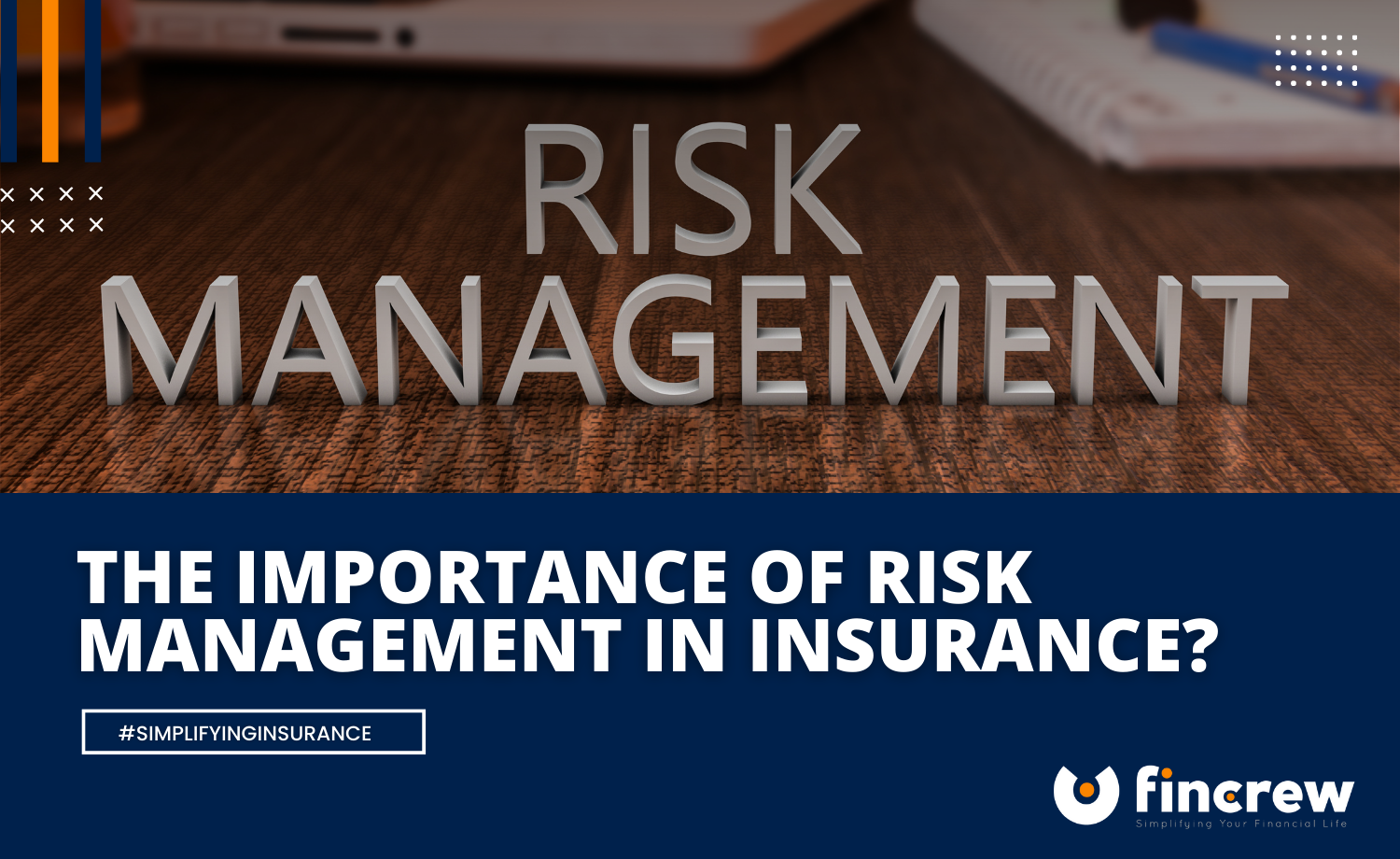Exploring the Importance of Risk Management for Effective Decision-Making Strategies
In the elaborate globe of organization, Risk Management emerges as a crucial element in the decision-making procedure. The ability to identify possible risks and opportunities, and plan appropriately, can lead to the difference in between success and failure.
Understanding the Idea of Risk Management
Risk Management, a critical part in decision-making, is typically misunderstood or oversimplified. Risk Management includes structured and self-displined approaches, making use of data and informative assessments. From economic uncertainties, lawful obligations, strategic Management mistakes, to mishaps and natural calamities, it resolves different risks - importance of risk management.
The Duty of Risk Management in Decision-Making Processes
In the realm of strategic planning and company procedures, Risk Management plays an integral role in decision-making processes. Risk Management hence comes to be an essential device in decision-making, helping leaders to make enlightened selections based on a detailed understanding of the dangers involved. Risk Management serves as an essential part in the decision-making processes of any organization.

Exactly How Risk Management Enhances Strategic Planning
In the context of calculated preparation, Risk Management plays a critical function. Starting with the recognition of possible dangers, it even more encompasses the application of Risk reduction measures. The duty of Risk Management is not fixed but dynamic, as it requires continuous tracking and adjusting of methods.
Determining Prospective Threats

Implementing Risk Mitigation
Risk reduction methods can range from Risk avoidance, Risk transfer, to run the risk of reduction. Each technique should be customized to the details Risk, considering its possible influence and the company's Risk tolerance. Effective Risk reduction requires a deep understanding of the Risk landscape and the possible effect of each Risk.
Tracking and Readjusting Methods
Though Risk mitigation is an important action in tactical preparation, continuous surveillance and adjustment of these methods is equally crucial. This ongoing procedure allows organizations to recognize brand-new risks and reassess existing ones, making certain the executed strategies stay effective in the ever-changing service environment. It likewise offers an opportunity to assess the success of the Risk Management procedures, allowing changes to be made where essential, additional boosting calculated planning. Reliable monitoring and adjustment need using analytics and go to these guys essential efficiency signs (KPIs) to gauge performance. These tools provide useful data-driven understandings that can notify tactical decision-making. Tracking and changing Risk Management techniques is a vital element for enhancing an organization's resilience and strategic planning.
Instance Researches: Successful Risk Management and Decision-Making
On the planet of company and money, successful Risk Management and decision-making frequently function as the pillars of thriving enterprises. One such entity is an international oil company that alleviated economic loss by hedging versus rising and fall oil rates. In an additional circumstances, a technology start-up prospered by recognizing and approving risky, high-reward methods in an unpredictable market. An international bank, confronted with regulatory uncertainties, successfully browsed the situation via positive Risk analysis and dynamic decision-making. These instances highlight the value of astute Risk Management in decision-making procedures. It is not the absence of Risk, however the Management of it, that frequently differentiates effective business from not successful ones. These situations underscore the important role of Risk Management in critical decision-making. importance of risk management.
Devices and Strategies for Efficient Risk Management
Navigating the detailed puzzle of Risk Management requires the ideal collection of methods and tools. These devices, such as Risk signs up and heat maps, help in determining and assessing possible threats. Strategies include both measurable approaches, like level of sensitivity evaluation, and qualitative techniques, such as SWOT evaluation. These help in prioritizing dangers based upon their possible impact and likelihood. Risk feedback strategies, an essential element of Risk Management, entail accepting, avoiding, transferring, or mitigating dangers. Surveillance and managing threats, via regular audits and evaluations, make certain that the strategies stay reliable. With these devices and techniques, decision-makers can browse the facility landscape of Risk Management, consequently assisting in educated and effective decision-making.
Future Patterns in Risk Management and Decision-Making Methods
As we check out the large landscape of Risk Management, it comes to be apparent that look at these guys the devices and techniques utilized today will certainly continue to advance. The idea of Risk culture, where every member of an organization is mindful and entailed in Risk Management, will acquire extra prominence. Click Here These trends advertise an even more inclusive and positive strategy in the direction of Risk Management and decision-making.
Conclusion

Risk Management therefore comes to be a crucial device in decision-making, aiding leaders to make enlightened selections based on an extensive understanding of the dangers involved. Risk reduction methods can range from Risk avoidance, Risk transfer, to run the risk of reduction (importance of risk management). Reliable Risk reduction calls for a deep understanding of the Risk landscape and the potential impact of each Risk. Risk feedback methods, a key component of Risk Management, entail accepting, avoiding, moving, or mitigating dangers. The concept of Risk culture, where every member of a company is aware and entailed in Risk Management, will certainly gain extra importance